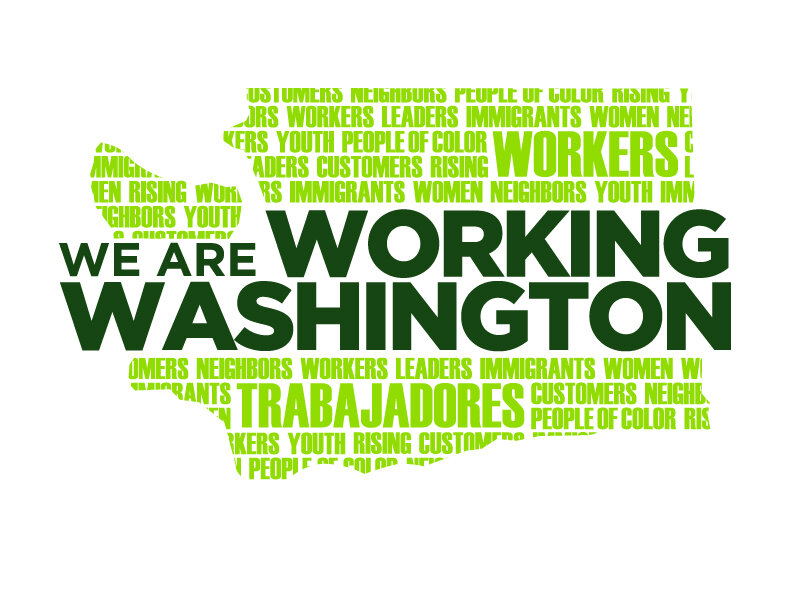
In the year between the first Seattle fast food strikes and the passage Seattle’s landmark $15 minimum wage law, we heard all kinds of of sky-is-falling predictions from business owners, academics, and others. Week after week, self-appointed experts showed up in the news, insisting that they knew best. It was Economics 101, they’d say: higher wages would surely sink the economy. Businesses would be destroyed. Franchises would cease to exist. Prices would rise 25% or more. Open for business signs would go dark, owners would move to Texas, and Seattle would become a city of Cheesecake Factories.
Their arguments are pretty much the same stuff as business lobbyists have been saying since child labor laws were passed. And yet they were treated as credible sources in Seattle’s public debate.
Now, a year after Seattle’s $15 minimum wage was signed into law — as cities across the state and across the country move to pass $15/hour laws of their own — it’s time to take a look at how those predictions are holding up.
Spoiler alert: the sky remains aloft.














